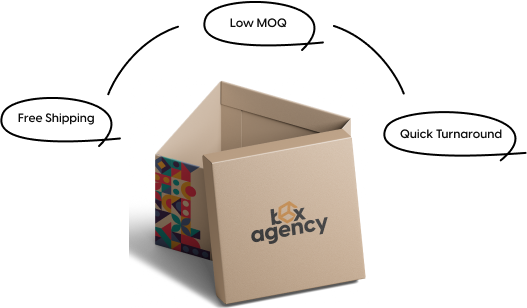What Is Cardboard: Manufacturing Process, Types and Benefits
Packaging materials give your retail or online products an impressive display while ensuring their premium protection. These are crafted to keep the products secured during transportation, storage, or shipping. Packaging maintains the freshness of goods, prevents spoilage, and extends their shelf life.
Cardboard is a versatile packaging material manufactured to offer great recyclability and sustainability. The material is cut in custom dimensions to give your products an amazing visual appeal. To understand it more, let’s have a look at the article below:
How is Cardboard Manufactured?

Cardboard is manufactured by blending recycled paper and wood fibers. The procedure starts with collecting natural raw materials, which are then passed through the pulping stage to produce a fibrous substance. The mixture is then pressed into paper pulp sheets, which are cut and glued together to form cardboard material of distinct thicknesses.
To understand it further, let’s have a look at the key steps mentioned below:
-
Pulping
The collection of raw materials leads to the pulping stage for manufacturing cardboard. The extracted fibrous slurry is passed through a large machinery called a pulper to remove all the excess water from the substance.
-
Cleaning
The cleaning step is performed to ensure the quality of the cardboard material. This helps remove contamination, such as dirt, metal, or plastic. This step is essential for the production of premium cardboard to design perfect fits for various products.
-
Bleaching
Bleaching is the step performed to brighten the color of the pulp by removing the remaining lignin. Lignin is a substance that exists naturally in the wood, that can reduce the paper’s sturdiness and cause discoloration.
-
Sheets Formation
In this step, the fibrous pulp is changed into a continuous sheet of paper with the help of a specialized machine known as a headbox. This maintains the consistency of the pulp to ensure a uniform sheet construction.
-
Pressing
Pressing is the process that involves the passing of sheets through heavy-duty rollers to squeeze out the water content and craft a compact smooth surface. This gives your cardboard impressive strength and durability.
-
Corrugation
The paper sheets are passed through a corrugator for the addition of wavy flutes to manufacture corrugated cardboard. The corrugated material is known for its strength and rigidity, essential to ship heavy products.
-
Cutting & Shaping
Cutting and shaping is the final stage where the cardboard sheets are transformed into boxes or packaging of different dimensions. This results in the creation of attractive cardboard boxes to fulfill the packaging needs of distinct products.
What are the Different Types of Cardboard?

The types of cardboard vary with the structure, layering, and size of flutes added in between the layers of cardboard sheets to achieve the required level of protection.
-
Single Wall Cardboard
Single wall cardboard consists of a single layer of flute sandwiched between the two layers of cardboard sheets. This is recyclable and efficiently fulfills the sustainability standards. This is efficiently used for e-commerce packaging, retail packaging, display packaging, and industrial product packaging.
-
Double Wall Cardboard
Double-wall cardboard is known for its robustness as it holds two layers of flutes packed between three cardboard sheets. This is strong, rigid, and eco-friendly. Double-wall cardboard material is considered ideal for the shipping of fragile or heavy-weight items including artwork, electronics, glassware, etc.
-
Triple Wall Cardboard
Triple wall cardboard is the strongest of all three types as it features three flutes squashed in between four cardboard sheets. This holds great strength and stability for heavy-weight items during handling, storage, or shipping. Such type of packaging is mostly used for equipment, supplies, or export products.
What are the Benefits of Cardboard?

Cardboard holds a wide range of benefits, including:
-
Recyclable
Cardboard is a recyclable packaging material as it reduces the amount of waste in landfills and conserves natural resources. This helps in the minimization of air or water pollution. The manufacturing of cardboard emits the least carbon footprint and supports the brands in fulfilling sustainability standards.
-
Affordable
Recycled cardboard uses virgin wood pulp in its production process, which is quite an affordable raw material. The cardboard packaging holds a low manufacturing cost as it does not need any type of expensive tools or techniques. This is highly cost-effective than other packaging materials like plastic, metal, etc.
-
Versatile
Cardboard is an incredibly versatile packaging material as it is used for the manufacturing of various types of boxes. Cardboard can be easily cut or folded in custom shapes or sizes depending on the product dimensions and the client’s requirements. The material holds a great surface for printing and finishing purposes.
-
Durable & Strong
Cardboard offers great strength and rigidity to withstand rigorous shipping procedures. The corrugated structure makes the cardboard resistant to crushing or bending. Cardboard can be made resistant to moisture or humidity by applying different types of coatings or laminations. This is efficient for the storage and transportation of heavy-weight products.
What is Cardboard Used For?
Cardboard is mostly used to accomplish packaging and shipping purposes. Brands mostly use cardboard boxes to protect and display the products on retail or online platforms. The material ensures the safety of goods during storage or transportation. This is best utilized in the food industry for presenting cereals, cookies, snacks, etc.
Why Choose Cardboard Material for Packaging Boxes?
Cardboard is mostly used for packaging boxes as it is cost-effective, reliable, and lightweight. The material marks a major drop down in the shipping costs. Cardboard boxes hold the least environmental impact as they are sustainable, recyclable, and biodegradable. The packaging is highly customizable in various styles, shapes, and sizes to accommodate distinct products. Cardboard boxes are simple to fold or assemble without the need for any specialized tools. The material can be easily printed with brand logos, artwork designs, and other imperative elements.
How is Cardboard Paper Eco-Friendly?
Cardboard paper is an eco-friendly packaging material manufactured using wood pulp. The material is widely appreciated for its recyclability and sustainability. Its recyclable properties efficiently reduce the need to cut trees, eventually minimizing deforestation. Cardboard decomposes naturally with time, making it the best choice to ensure biodegradability.
What is the Difference Between Corrugated Cardboard and Paperboard?
Corrugated cardboard and paperboard are commonly used for packaging, but both have different properties. Corrugated cardboard has an inner fluted structure between the layers of cardboard sheets to ensure strength, durability, and rigidity. This can withhold heavy loads, so it is used for shipping purposes. Paperboard is crafted by layering multiple sheets of paper to design perfect fits for various applications. This is considered ideal for food or display packaging.
Where to Get Customized Cardboard Boxes?
To get customized cardboard boxes, search for specialized packaging platforms offering various customization options, printing techniques, and finishing methods. Box Agency is a leading packaging company functioning to craft custom-printed boxes at quite an affordable price with a fast turnaround time. We design personalized box designs in custom sizes and shapes to fulfill the brand packaging requirements. We have a low minimum order quantity and focus on satisfying sustainability standards. To place your order, just get in touch with our expert team of designers and get the boxes delivered through FedEx or DHL.




